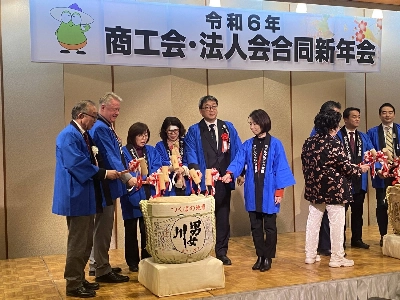Meta
Rick Lapointe
Aug 25, 2002
Aug 18, 2002
Aug 4, 2002
Jul 28, 2002
Jul 21, 2002
Jul 7, 2002
Jun 30, 2002
Jun 23, 2002
Jun 16, 2002
Jun 9, 2002
Jun 2, 2002
May 26, 2002
May 12, 2002
May 5, 2002
Apr 28, 2002































